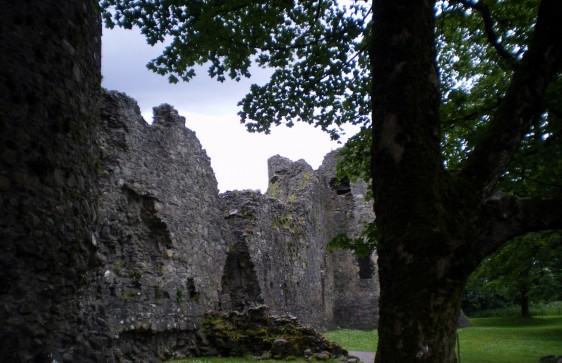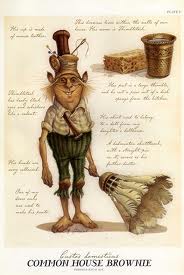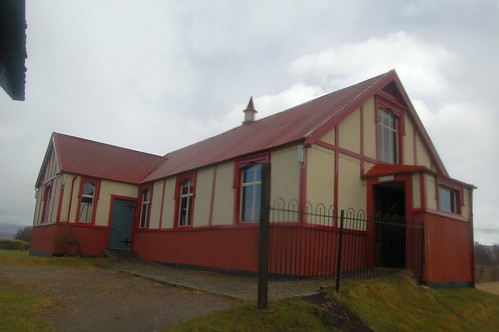One thing that has always been a big part of Scottish culture, and that continues to intrigue both visitors and natives alike, is the myriad of utterly unique legends and stories that Scotland has to offer. Some of these legends, such as the Loch Ness Monster, are famous all around the world, whereas others remain known to just a few; some were originally told as moral lessons, to warn, frighten or, as with the case of Robert the Bruce and the perseverant spider, to serve as inspiration, whereas others were told solely to entertain. Below is a small selection of the various tales and legends born and bred on Scottish soil:
King Robert the Bruce and the Spider
Mentioned above, this tale in particular tends to strike a chord with many of those who hear it, due to it serving as a metaphor for carrying on through the struggles of life, which is something with which everybody can identify. It is also of note because there is absolutely nothing to stop it from being true; parts of it, such as the number of attempts made by the spider and the precise location of Bruce vary from source to source, conjectured to fill in the gaps that being passed down through the centuries can sometimes bring, but the gist of the tale being historical rather than mythological remains a strong possibility.

The most famous version of the story goes that in the early 14th century King Robert the Bruce, who was fighting the English for Scottish independence, was on the run, and found himself seeking shelter in a cave. As he sat in the cave he despaired over what was the best thing to do for his people and for the future of Scotland. Should he give up? Should he continue to fight King Edward I? He was there, dejected, when a spider suddenly caught his attention. It was attempting to climb up its web, and Bruce watched as it repeatedly tried and failed to get to the top. Six times it tried, and six times it failed, but it persevered, and on the seventh attempt it finally succeeded. This gave Bruce a much-needed morale boost; he carried on with his mission, and the Scottish went on to defeat Edward I’s son Edward II at the Battle of Bannockburn in 1314.
Robert the Bruce’s image, along with a little spider, is on many Scottish bank notes today, serving as a reminder to everyone that, ‘If at first you don’t succeed, try, try again’.

The Shellycoat
A mischievous rather than evil figure in Scottish folklore, albeit with quite a cruel sense of humour, the Shellycoat can be found in creeks, lochs and streams, looking for innocent people to trick. It is an ugly monster with a coat of large rattling shells, which it shakes in an effort to distract passing strangers. It gets a great deal of amusement out of confusing people, wasting their time and seeing their faces as they fail to find out what is making the noise. This is harmless enough, but it is claimed that the Shellycoat also creates the sound of someone drowning and laughs at the commotion it causes. Despite this unpleasant side to the Shellycoat, it never physically harms anyone, and so it is not warned against in the same way that other monsters, such as the Blue Men of Minch, are.

The Redcaps
Redcaps (also known as Dunters or Powries) are some of the most evil creatures in Scottish folklore. According to legend, they dwell in ruined castles near the border, particularly those with an especially dark history, and murder strangers who happen to stumble into their home. Redcaps are grotesque-looking stooped little monsters, with red eyes, pointed teeth and long sharp claws. In spite of their heavy iron boots and large pikes, they are remarkably quick, and it is thought to be impossible to outrun a Redcap once it has set its sight on someone! Sometimes they roll boulders on top of unsuspecting strangers’ heads from high up in a tower; other times they bite and scratch their victims to death. It is then that they drink some of the blood, before dipping their caps into it, an important step, for if the cap dries up, the Redcap immediately dies.
We hope you enjoyed these tales, this week brought to you by Jodie, who is currently gaining experience with the Learning Team here at Culloden. As always please like, share, tweet, comment and keep on coming back for more.
All the best, K & D





